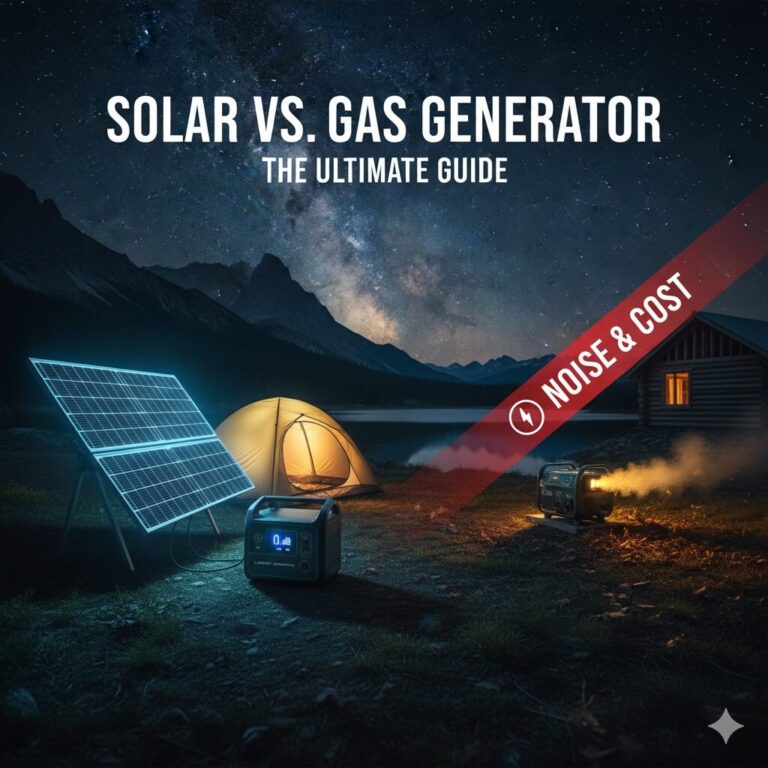Hydropower vs. Solar & Wind: Which is Best for Cambodia’s Future?
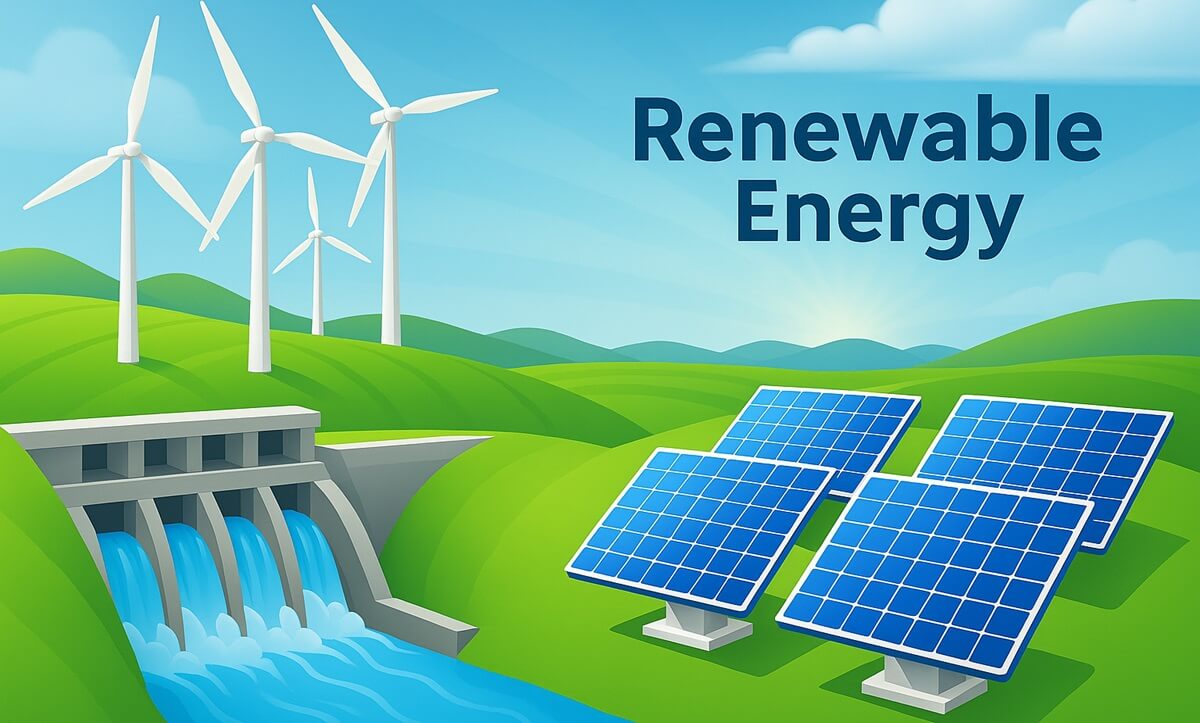
I. Introduction
Cambodia’s energy demand has been rising rapidly due to economic growth and industrial expansion. As the country seeks sustainable and affordable energy solutions, renewable sources like hydropower, solar, and wind have gained significant attention. But which option is best suited for Cambodia’s unique landscape and energy needs?
This article compares the strengths and limitations of hydropower, solar, and wind energy to determine the most viable option for Cambodia’s energy future.
II. Cambodia’s Current Energy Landscape
Cambodia’s energy sector relies heavily on hydropower, with additional contributions from imported electricity and fossil fuels. However, the government has been pushing for greater adoption of renewable energy to reduce dependence on imported power and achieve long-term energy security.
- Hydropower: Accounts for around 50% of Cambodia’s electricity production but faces seasonal challenges.
- Solar Energy: Growing rapidly with increased investment in solar farms and rooftop panels.
- Wind Energy: Has potential but remains underdeveloped due to infrastructure and investment limitations.
Despite progress, Cambodia still faces energy access issues, particularly in rural areas, highlighting the need for a diversified and reliable energy mix.
III. Hydropower in Cambodia: Strengths & Challenges
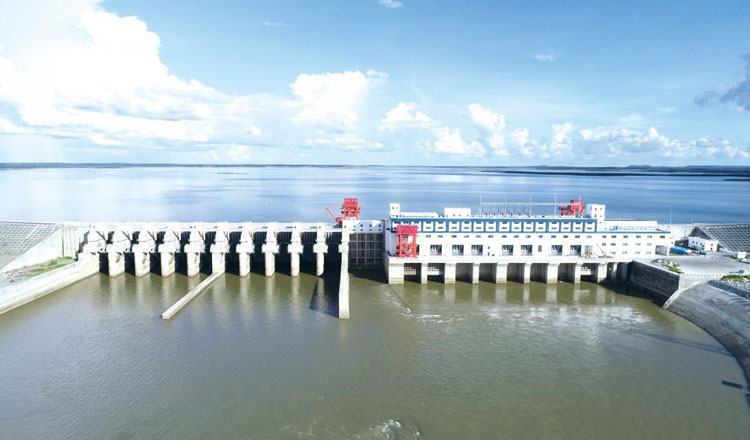
Strengths:
- Reliable Power Supply: Hydropower provides a steady and continuous electricity supply, making it an essential part of Cambodia’s grid.
- Lower Operational Costs: Once a dam is built, the operational expenses are relatively low compared to fossil fuel power plants.
- Government Support: Cambodia has heavily invested in hydropower, and existing infrastructure provides a strong foundation for future development.
Challenges:
- Environmental Concerns: Large dams disrupt river ecosystems, affecting fish populations and local biodiversity.
- Seasonal Dependency: Hydropower generation fluctuates with water availability, making it vulnerable to droughts.
- High Initial Costs: Construction of dams requires significant capital investment, and maintenance can be costly over time.
IV. Solar Energy: Advantages & Limitations
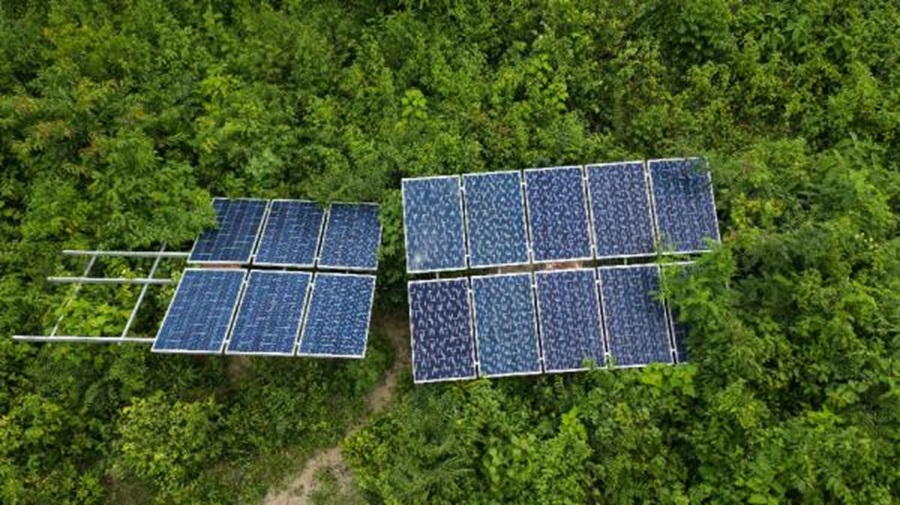
Advantages:
- Abundant Resource: Cambodia receives high levels of sunlight year-round, making solar a promising renewable option.
- Scalability: Solar power can be deployed in large-scale farms or small rooftop installations, benefiting both businesses and households.
- Minimal Environmental Impact: Unlike hydropower, solar energy production does not disrupt ecosystems or water sources.
Limitations:
- Intermittency Issues: Solar energy generation depends on sunlight availability, requiring energy storage solutions for nighttime or cloudy periods.
- Storage Costs: Battery storage systems can be expensive, increasing the overall cost of solar energy projects.
- Grid Integration Challenges: Expanding solar energy infrastructure requires modernized grids and storage solutions to ensure stability.
V. Wind Energy: A Potential Future Player?
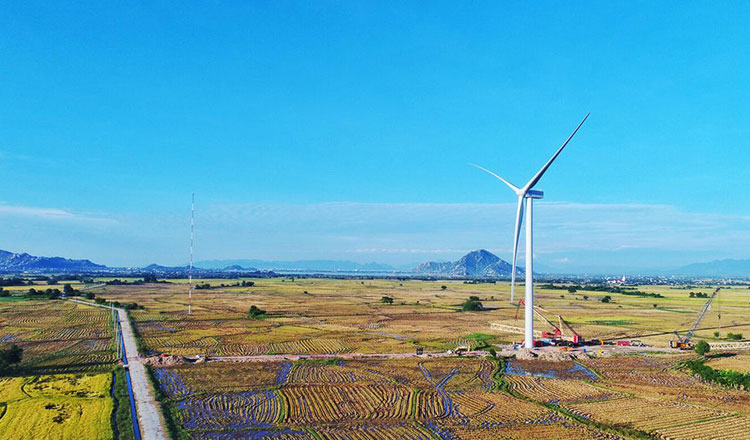
Pros:
- Viable Wind Resources: Studies suggest that Cambodia has wind potential in coastal and highland regions.
- Low Operating Costs: Once installed, wind turbines require minimal maintenance compared to other power sources.
- Complementary to Solar & Hydropower: Wind energy production often peaks during the night or in different seasons, helping balance supply fluctuations.
Cons:
- Limited Infrastructure: Cambodia currently lacks large-scale wind farms, making immediate implementation challenging.
- Land & Space Requirements: Wind farms require significant land, which could be a constraint in densely populated areas.
- Variable Wind Speeds: Wind energy production is inconsistent and requires backup power sources to maintain grid stability.
VI. The Best Energy Solution for Cambodia
Given Cambodia’s energy challenges and opportunities, the best solution is a hybrid energy approach that leverages the strengths of all three renewable sources:
- Hydropower should remain a key baseload power source but with improved environmental management practices.
- Solar energy should be expanded through large-scale farms and decentralized rooftop installations.
- Wind energy should be explored further, particularly in coastal and highland areas, to diversify energy production.
- Investment in energy storage & smart grids will be crucial to integrating these renewable sources efficiently.
Government policies, foreign investments, and technological advancements will play a key role in shaping Cambodia’s renewable energy future. By embracing a balanced mix of hydropower, solar, and wind, Cambodia can achieve energy security, sustainability, and economic growth.
VII. Conclusion
Hydropower, solar, and wind each offer unique benefits and challenges for Cambodia’s energy future. While hydropower remains a dominant source, solar energy is emerging as a key player, and wind energy has potential for long-term development.
To ensure a reliable and sustainable energy supply, Cambodia must adopt a diversified renewable energy strategy, invest in modern infrastructure, and encourage policy support for clean energy initiatives.
What do you think is the best renewable energy solution for Cambodia? Share your thoughts in the comments below!


